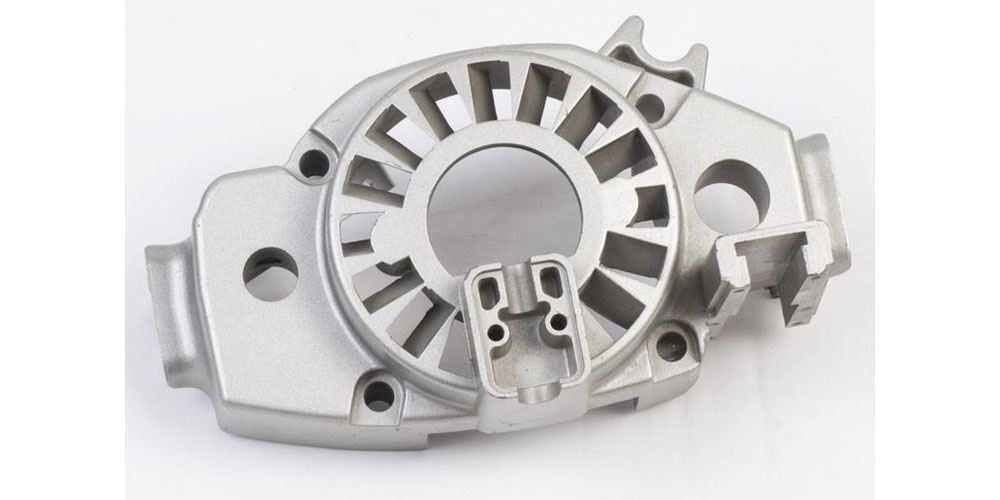Product development is essential for prototyping and mass development of machined parts in various manufacturing industries. Different companies offer various forms of manufacturing techniques like low-volume manufacturing that involves CNC machining, pressure die casting, and rapid tooling. With rapid tooling, additive manufacturing is applied to create objects quickly and cost-effectively, and it uses different techniques to produce parts in small volumes. In this extract, we discuss the types and advantages of rapid tooling.
Types of Rapid Tooling
1. Direct Rapid Tooling
It is common in most industrial applications but its also suitable for use in the creation of prototypes. The Computer-Aided Designs come in handy in this process as they form molds of the tools that are later used to develop the final product. Most manufacturers love this process since it has few steps hence takes less time and is cost-efficient since only a few resources are needed.
A designer only needs to create a single mold and use it to create all other prototypes. On the downside., direct tooling has limited uses, and the possibility of design errors is high because no particular pattern is incorporated in the process. In addition, It doesn’t work well with complex and intricate designs, and the actual products are less durable.
2. Indirect Rapid Tooling
This rapid tooling type applies the additive manufacturing process to develop parts. The objects are created in 3D, and unlike the direct tooling technique, a particular pattern is used when making the tools. Any client with a complex design concept can benefit from this process since working on the part is easy compared to direct tooling.
Also, the presence of a durable pattern allows the designer to make several tests tools from different materials without getting damaged. Indirect rapid tooling is more prevalent in prototype development; however, Computer-Aided Designs are not used. The lack of these designs is a huge disadvantage, especially if a design happens to develop an error during the process.
If it happens, the manufacturer must replace the whole pattern and restart the process since it is impossible to make immediate corrections. The process takes too much time, and it doesn’t matter if the design has an error or not. Also, it has more manufacturing steps meaning more resources are needed, making it an expensive procedure.
Advantages of Rapid Tooling
Both types of rapid tooling have benefits; some similar, and others are unique to each. Some of these advantages generally apply to rapid tooling, and we discuss them below.
- Rapid tooling generally takes a shorter to create tools, unlike other manufacturing processes such as conventional tooling. Tools go through levels like evaluation and testing fast, and the client can quickly introduce them to the consumers.
- Designing a single prototype saves money since fixing any errors is quick and easy than fixing an entire batch of faulty products.
- The designer gets an opportunity to invent different designs and animations, unlike conventional tooling.
Conclusion
Any form of rapid tooling is essential in product development. Before manufacturing begins, choose the most suitable type that fits your product to ensure the best outcome.

